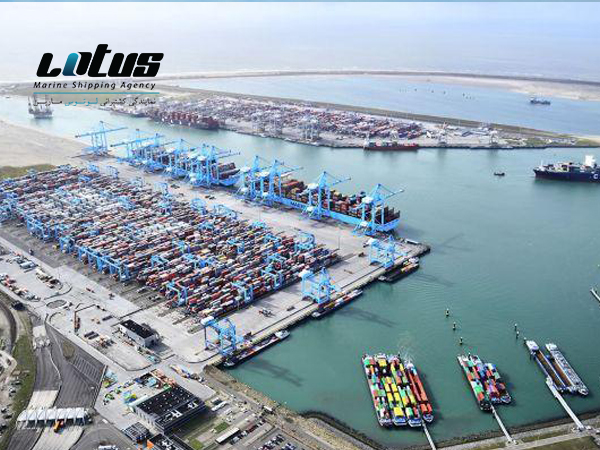What were described as “seemingly interminable queues around the world” have taken out 11% of global containership capacity across 2021 while volumes grew at 7%. In normal times around 2% of containership capacity is tied up in waiting at ports.
Using data from South Korean line HMM a slight improvement could be seen between October and November last year. In November 2021 11.5% of container shipping capacity was caught up in delays, compared to 12.3% in October.
However, looking into figures for North America and Europe for December 2021 and the start of 2022 it sees no sign of improvement.
A terminal congestion index for North America showed hit a record high on 30 December, although improved slightly for 6 January driven by a better situation in Savannah and Charleston.
“For Europe, we see a situation that has been steadily getting worse since the start of October, with no signs of any improvement – or even levelling out,” said Alan Murphy, CEO of Sea-Intel.
“This also implies that we might well expect to see a continued upwards push on freight rates on this trade, as the congestion is likely to have a negative impact on reliability, and hence in turn on available capacity.”
Container line schedule reliability sat at between 34% and 40% last year according to the analyst.
Looking ahead Murphy warned: “All the available data shows that congestion and bottleneck problems are worsening getting into 2022, and there is no indication of improvements as of yet.”
The new net zero target cuts 10 years off the group’s previous 2050 target, and brings it further ahead of the current IMO 2050 ambition to reduce total annual emissions from shipping by at least 50% compared to 2008 levels
Maersk has commited to provide net zero supply chains to customers by 2040, and its targets cover all direct and indirect emissions across Maersk’s businesses. Indirect emissions include vessel building and inland transportation carried out by third party suppliers.
Maersk expects its emissions targets will align the company with the Net Zero criteria of the Science Based Targets initiative (SBTi) pathway to limit global warming to 1.5°C. Maersk will follow SBTi’s recommendation during this decade “to go above and beyond the 1.5°C-aligned targets and invest in building a portfolio of natural climate solutions that will result in around five million tons of CO2 savings per year by 2030.”
Milestone targets have been set for 2030 to ensure progress this decade, including cutting emissions per transported container by 50% in the ocean fleet, and a 70% absolute reduction of greenhouse gases in its fully-controlled terminals. Absolute emission reductions from the ocean fleet will depend on fleet growth, but will range from 35%-50% from 2020 levels, said Maersk.
Elsewhere across the group, a minimum of 30% of air cargo will be transported using sustainable aviation fuels, and contract logistics and cold chain operations will have a minmum 90% use of fuels and energy with low or very low lifecycle GHG emissions. For its ocean vessels, Maersk backed methanol as a future fuel in August 2021 when it ordered eight dual-fuel 16,000 teu container ships at HHI.
“As a global provider of end-to-end logistics services across all transport modes, it is a strategic imperative for Maersk to extend our net zero ambition to the total footprint of the business. The science is clear, we must act now to deliver significant progress in this decade. These very ambitious targets mark our commitment to society and to the many customers who call for net zero supply chains,“ said Soren Skou, CEO of A.P. Moller – Maersk.

